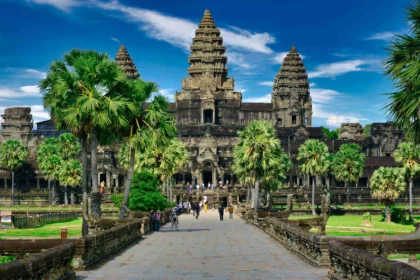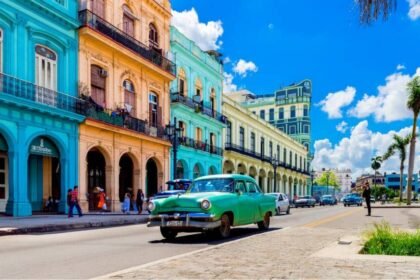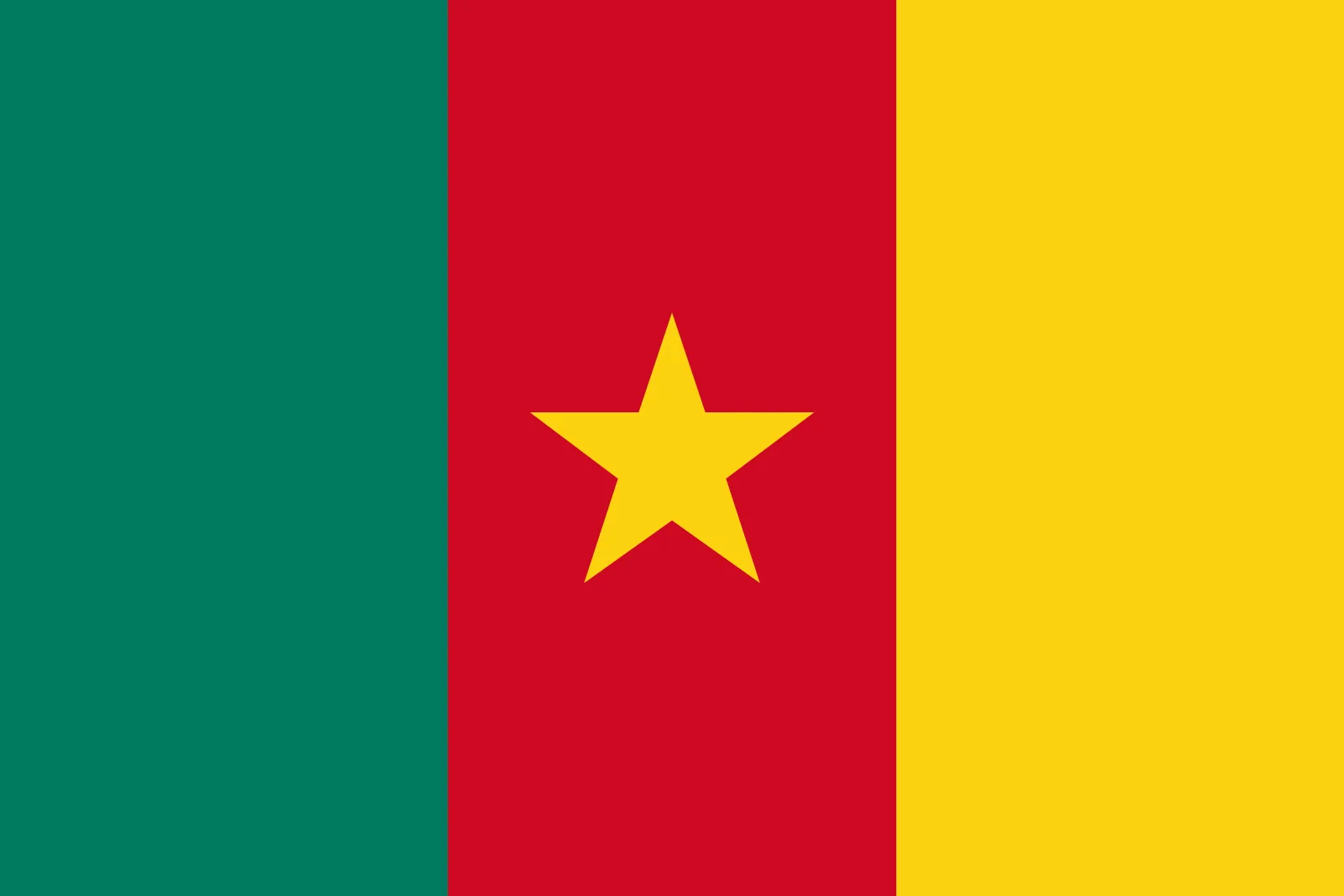
Argentina, the second-largest country in South America, is a land of immense natural beauty, rich cultural heritage, and diverse landscapes. From the cosmopolitan charm of Buenos Aires to the rugged wilderness of Patagonia, Argentina offers travelers a wide range of experiences. Whether you’re a nature enthusiast, history buff, or cultural explorer, Argentina has something for everyone. This article provides a comprehensive overview of what to expect when visiting this vibrant country.
1. A Glimpse into Argentina’s History
Argentina’s history is marked by a blend of indigenous cultures, European colonization, and waves of immigration. Before the Spanish arrived in the 16th century, the region was inhabited by various indigenous groups, including the Mapuche, Guarani, and Inca. The Spanish colonization began with the founding of Buenos Aires in 1580, and Argentina remained under Spanish rule until it declared independence in 1816.
The 19th and 20th centuries were periods of significant growth and transformation. Argentina became one of the wealthiest countries in the world by the early 20th century, largely due to its agricultural exports. However, the country also experienced political turmoil, including military dictatorships, economic crises, and social unrest.
Today, Argentina is a democratic nation with a rich cultural heritage that reflects its indigenous roots, colonial past, and immigrant influences, particularly from Italy and Spain.
Travel Smarter, Pack Better

Experience a carry-on built for travelers who value durability and sleek design. Its hard-shell exterior keeps your belongings protected wherever you go.
Move through airports with ease thanks to smooth 360° spinner wheels and a lightweight frame. Every detail is crafted to make travel feel effortless.
With smart interior compartments, this suitcase helps you stay organized on weekend trips or long adventures. Reliable, stylish, and ready for every journey.
2. The Cultural Tapestry of Argentina
Argentina’s culture is a vibrant mix of traditions, music, dance, cuisine, and art. One of the most famous cultural expressions is the tango, a passionate dance that originated in the working-class neighborhoods of Buenos Aires in the late 19th century. Tango music and dance have become synonymous with Argentine identity and are celebrated worldwide.
The country’s literature is also renowned, with authors like Jorge Luis Borges and Julio Cortázar making significant contributions to world literature. Argentine cinema, known for its creativity and depth, has gained international recognition, with films like “The Secret in Their Eyes” winning an Academy Award.
Argentine cuisine is another vital part of the culture. The country is famous for its beef, particularly the asado (barbecue), which is a social event as much as a meal. Other popular dishes include empanadas (savory pastries), milanesa (breaded meat), and choripán (a type of sausage sandwich). Argentina is also known for its wine, especially Malbec, which is produced in the Mendoza region.
3. Languages Spoken in Argentina
Spanish is the official language of Argentina, and it is spoken with a distinctive accent and vocabulary known as Rioplatense Spanish, particularly in Buenos Aires and the surrounding areas. The Argentine accent is influenced by Italian, due to the large number of Italian immigrants who settled in the country during the 19th and 20th centuries.
While Spanish is the dominant language, there are also several indigenous languages spoken in Argentina, such as Quechua, Guarani, and Mapudungun. English is widely understood in tourist areas, but learning a few basic Spanish phrases will enhance your travel experience.
4. Currency and Money Matters
The official currency of Argentina is the Argentine peso (ARS). The value of the peso can fluctuate, so it’s advisable to check the exchange rate before your trip. ATMs are widely available in cities, and credit cards are commonly accepted in urban areas and larger businesses. However, in rural areas, it’s best to carry cash.
It’s also worth noting that Argentina has a dual exchange rate system, with the official rate and the “blue dollar” rate, which is often higher. Some travelers choose to exchange money at the blue dollar rate, but it’s important to do so with caution and in reputable locations.
5. Best Times to Visit: Seasons and Weather
Argentina’s diverse geography means that the climate varies significantly depending on where you are in the country. Here’s a breakdown of the seasons and the best times to visit different regions:
- Summer (December to February): Summer is the best time to visit Patagonia and the southern regions, where the weather is warm and ideal for outdoor activities like hiking and glacier tours. However, summer in Buenos Aires and the northern regions can be hot and humid.
- Autumn (March to May): Autumn is a great time to visit the wine regions of Mendoza and the Lake District, as the weather is mild, and the vineyards are beautiful with fall colors. Buenos Aires is also pleasant during this time.
- Winter (June to August): Winter is the ski season in the Andes, particularly in Bariloche, which is a popular destination for snow sports. Buenos Aires is cooler but still enjoyable, while the northern regions like Salta and Jujuy are dry and perfect for exploring.
- Spring (September to November): Spring is an excellent time to visit Buenos Aires, with mild temperatures and blooming jacaranda trees. It’s also a good time to visit Iguazu Falls and the Pampas.
6. Top 10 Destinations to Explore in Argentina
Argentina is filled with incredible destinations, each offering unique experiences. Here are the top 10 places you shouldn’t miss:
1. Buenos Aires
The capital city is a hub of culture, history, and vibrant nightlife. Explore neighborhoods like San Telmo, Palermo, and La Boca, visit the iconic Plaza de Mayo, and enjoy a tango show.
2. Iguazu Falls
Located on the border with Brazil, Iguazu Falls is one of the most breathtaking natural wonders in the world, with over 275 individual falls set in a lush subtropical rainforest.
3. Patagonia
This vast region in southern Argentina is a paradise for nature lovers. Visit the Perito Moreno Glacier, hike in Los Glaciares National Park, and explore the remote wilderness of Tierra del Fuego.
4. Mendoza
The heart of Argentina’s wine country, Mendoza is the place to taste world-class Malbec and enjoy stunning views of the Andes. The region is also known for outdoor activities like hiking, rafting, and cycling.
5. Salta and Jujuy
In the northwest, these provinces offer a blend of indigenous culture, colonial architecture, and dramatic landscapes. Don’t miss the colorful hills of the Quebrada de Humahuaca and the charming town of Cafayate.
6. Bariloche and the Lake District
Nestled in the Andes, Bariloche is famous for its stunning lakes, hiking trails, and chocolate shops. The surrounding Lake District is perfect for outdoor adventures year-round.
7. El Chaltén
Known as the trekking capital of Argentina, El Chaltén is the gateway to Mount Fitz Roy and Laguna de los Tres. It’s a must-visit for hikers and nature enthusiasts.
8. Cordoba
This central city is known for its colonial history, vibrant student population, and nearby sierras (mountains). Explore the Jesuit Block, hike in the Sierras de Cordoba, and visit the lively markets.
9. Peninsula Valdés
A UNESCO World Heritage site, Peninsula Valdés is one of the best places in the world for wildlife watching. Depending on the season, you can see whales, penguins, sea lions, and orcas.
10. Ushuaia
The southernmost city in the world, Ushuaia is the gateway to Antarctica and the starting point for exploring Tierra del Fuego National Park. It’s also a great spot for hiking, skiing, and boat tours along the Beagle Channel.
7. Things to Do: From Tango to Trekking
Argentina offers a wide range of activities that cater to all kinds of travelers. Here are some top things to do:
- Dance the Tango: Experience Argentina’s most famous dance by taking a tango class or attending a tango show in Buenos Aires.
- Go Wine Tasting: Visit the vineyards of Mendoza or Salta and sample some of the world’s best wines, particularly Malbec.
- Explore National Parks: Argentina is home to many national parks, each offering unique landscapes and wildlife. Los Glaciares, Iguazu, and Tierra del Fuego are among the most famous.
- Take a Road Trip: Argentina has some of the most scenic drives in the world, including the Route of the Seven Lakes in Patagonia and the Quebrada de Humahuaca in the northwest.
- Ski in the Andes: During the winter months, head to Bariloche or Las Leñas for some of the best skiing and snowboarding in South America.
- Attend a Football Match: Football (soccer) is a passion in Argentina, and attending a match, especially at Boca Juniors’ La Bombonera stadium, is an unforgettable experience.
8. Festivals and Events: Celebrating Argentine Culture
Argentina has a rich calendar of festivals and events that reflect its cultural diversity. Some of the most notable include:
- Carnaval (February/March): Celebrated with colorful parades, music, and dancing, particularly in the cities of Gualeguaychú and Corrientes.
- Día de la Tradición (November 10th): A celebration of gaucho culture, particularly in San Antonio de Areco, with rodeos, folk music, and traditional foods.
- Feria de Mataderos (Sundays, March to December): A lively market in Buenos Aires where you can experience traditional music, dance, and crafts.
- Buenos Aires International Tango Festival (August): The world’s biggest tango festival, featuring performances, competitions, and classes.
–
Mendoza Wine Harvest Festival (March): A celebration of the grape harvest with parades, music, and wine tasting.
9. Practical Travel Tips for Argentina
- Visas: Most travelers from the US, EU, Australia, and Canada do not need a visa for stays up to 90 days.
- Safety: Argentina is generally safe for tourists, but it’s advisable to take common precautions, especially in big cities like Buenos Aires. Be aware of pickpockets and avoid displaying valuables.
- Transportation: Argentina has an extensive bus network, which is the most common way to travel between cities. Domestic flights are also available and can save time when traveling long distances.
- Health: Tap water is generally safe to drink in cities, but it’s advisable to drink bottled water in rural areas. No special vaccinations are required for Argentina.
10. Argentina: A Destination for Every Traveler
Argentina’s diverse landscapes, rich cultural heritage, and welcoming people make it a destination that caters to all types of travelers. Whether you’re looking for adventure in Patagonia, culture in Buenos Aires, or relaxation in the wine regions, Argentina offers an unforgettable experience. With so much to see and do, it’s a country that invites you to return again and again.











